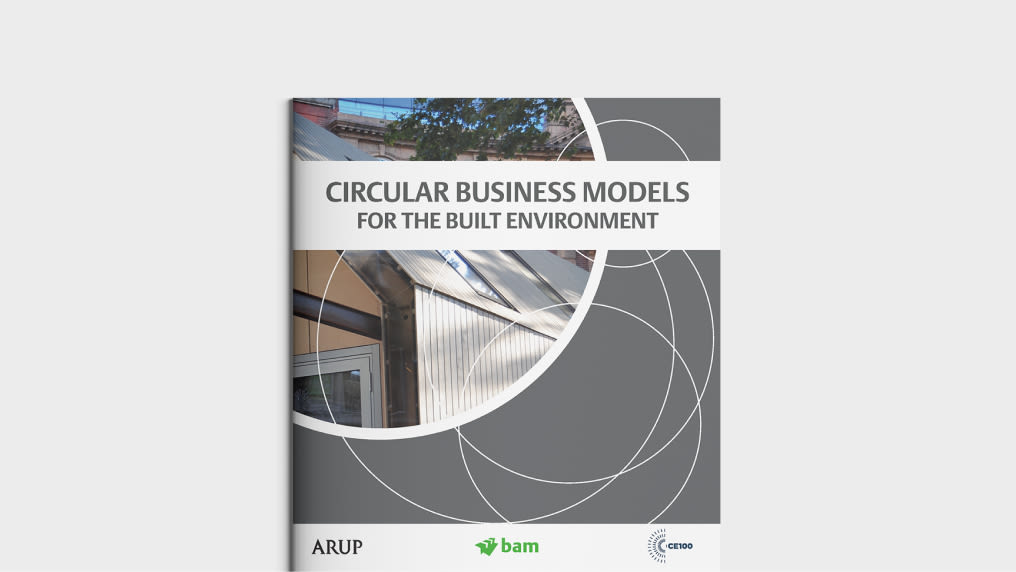Most circular business models never make it past the pilot stage. Here’s how to change that.
Taking lessons from the experience of pioneering companies in our Network, this report points to practical steps that businesses can use to avoid common pitfalls and enable circular business models to reach transformative scale.
Circular business models hold transformative potential for businesses today. They can unlock new revenue streams, strengthen customer loyalty, and shield companies from material price volatility and supply disruptions – all while delivering on climate and biodiversity goals. But these benefits only materialise when models move beyond small-scale pilots to reach meaningful scale.
The challenge is clear: while pilot programmes are multiplying across industries, few are successfully scaling up. Failed attempts generate valuable learnings, but companies rarely share these insights openly, making it difficult to understand common barriers and the ways to overcome them.



We partnered with more than 30 companies in our Network to uncover why circular business models struggle to scale. Together, we identified 10 common internal pitfalls that transcend industries, regions, business model types, and company maturity levels.
These insights reveal that circular business models are not failing to scale because they’re unviable but because businesses lack strategic, long-term roadmaps for building the models, running operations and capturing value effectively.

What's holding businesses back
Our research reveals 10 common pitfalls across four critical areas:


The path forward
Our research reveals encouraging news: we found no single organisational setup or partnership design that guaranteed success or failure. Circular business models can scale across diverse organisational structures – the key is designing approaches that fit the specific business context and address the common pitfalls.
This report offers practical insights to help business leaders identify the 10 common pitfalls and some solutions to explore to avoid them, so they can scale circular business models with greater clarity, speed, and confidence.
Whilst not explored in this paper, external factors also play a significant role in creating the necessary conditions for circular business models to scale. For example, the influence of policy, reporting frameworks and available infrastructure can both hinder and enable scale. To normalise circular business models, broader collaborative action is required to incentivise and create favourable conditions.







